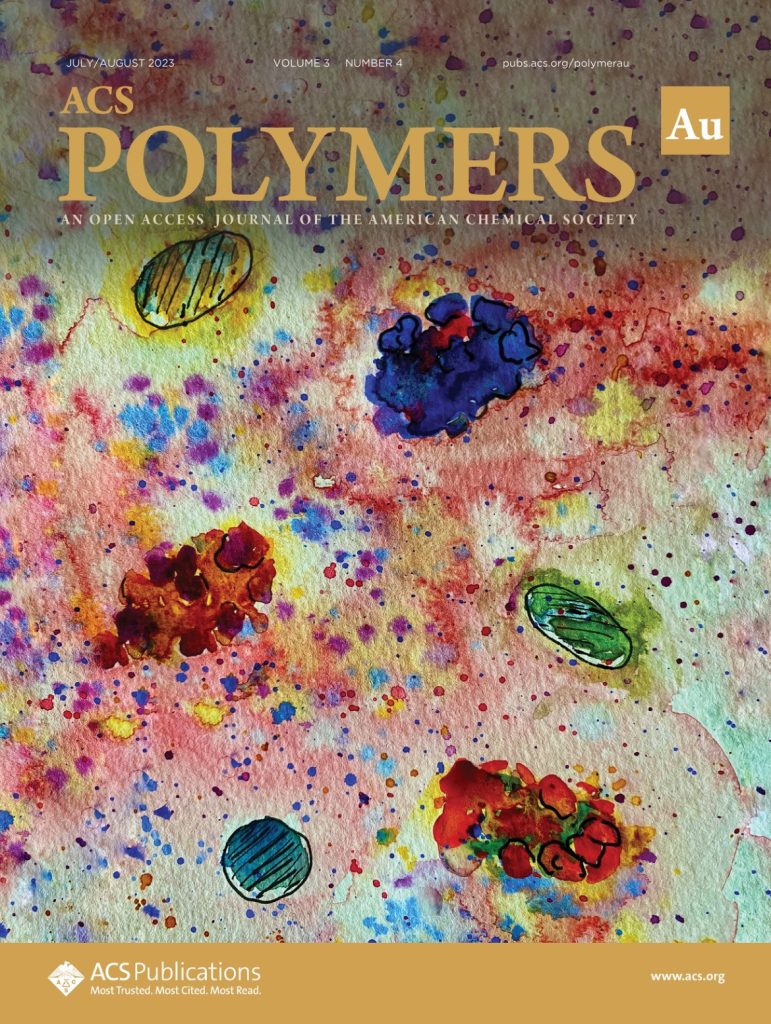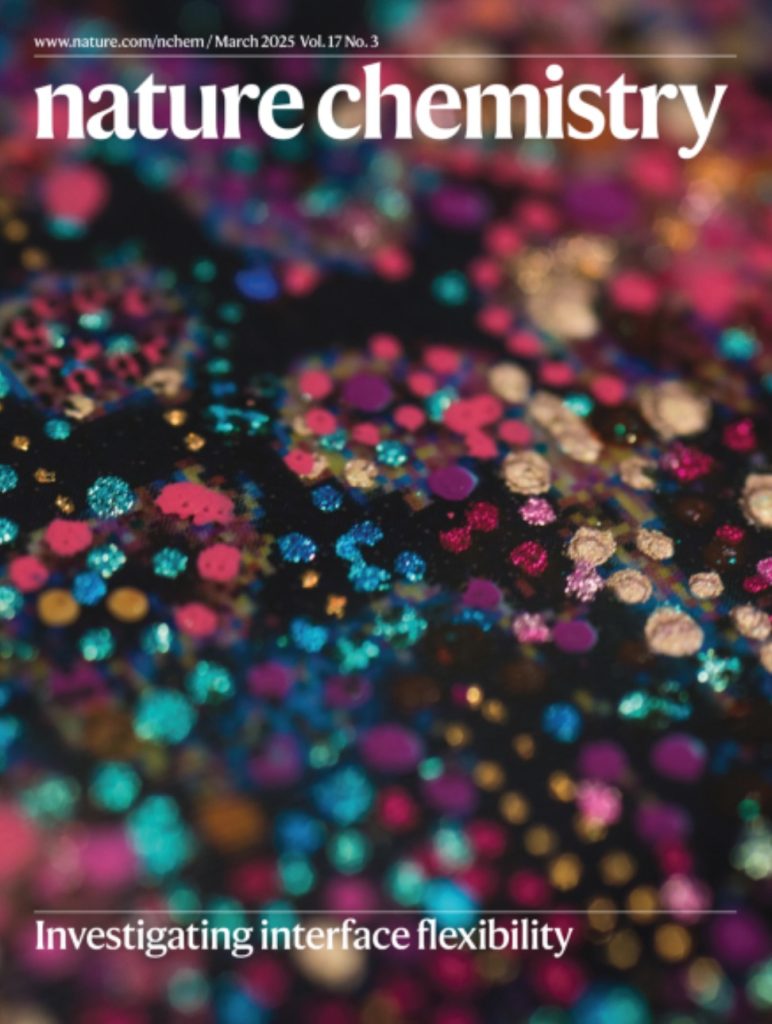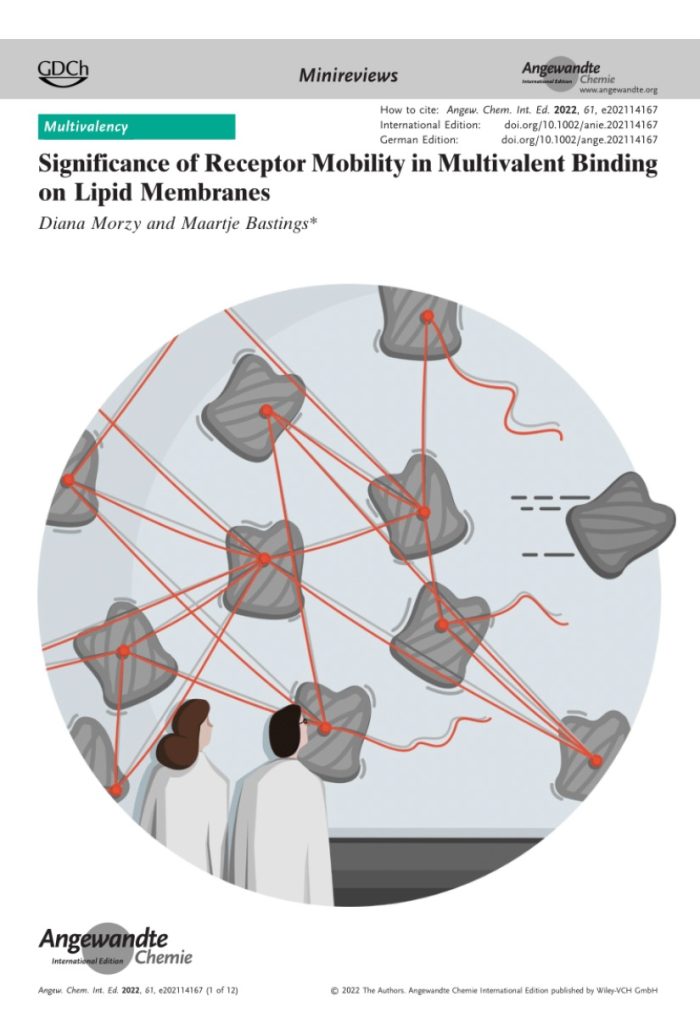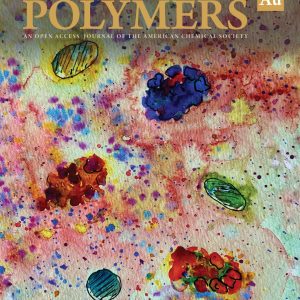
Research

An origami disk made of DNA, featuring investigated ligand-binding configurations that lead to successful activation of the target cell. Illustration © Andrea Vucicevic
Highlights
Cover art









An origami disk made of DNA, featuring investigated ligand-binding configurations that lead to successful activation of the target cell. Illustration © Andrea Vucicevic













